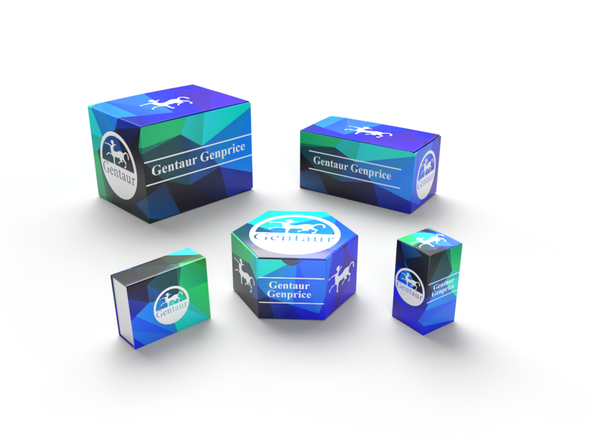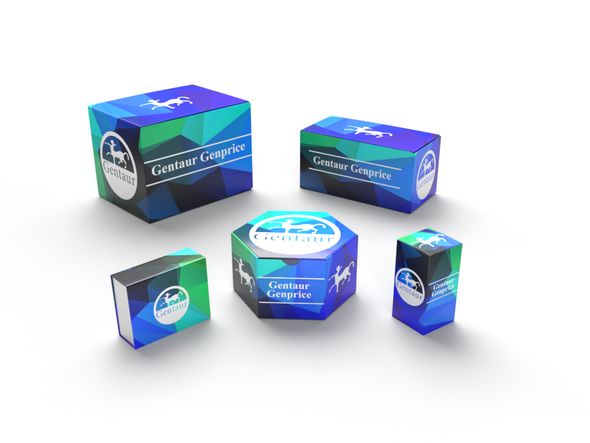Description
Rat Anti-Mouse Ret Antibody | 103-M192 | Gentaur UK, US & Europe Distribution
Species: Anti-Mouse
Host / biotech: Rat
Comment: N/A
Label: N/A
Clone / Antibody feature: (#4G1)
Subcategory: Monoclonal Antibody
Category: Antibody
Synonyms: Ret; PTC; RET9; RET51; c-Ret
Isotype: IgG1
Application: WB
Detection Range: N/A
Species Reactivity/Cross reactivity: Mouse
Antigen: EC domain of recombinant mouse Ret
Description: The GDNF family of neurotrophic factors consititute a new family of factors within the TGFβ superfamily. These proteins are potent survival factors for various central and peripheral neurons during development and in the adult animal. The GDNF family members (GDNF, neurturin and persephin) signal through multicomponent receptors that consist of the Ret receptor tyrosine kinase and one of four glycosylphosphatidylinositol (GPI)linked ligandbinding subunits (GFRα14). GFRα1, 2, and 4 are the preferred ligandbinding subunits for GDNF, neurturin and persephin, respectively. To date, the preferred ligand for GFRα3 has not been identified. The Ret tyrosinekinase receptor is encoded by the cret protooncogene. Mutations of the ret gene have been associated with various human diseases affecting tissues derived from the neural crest, including Hirschsprung’s disease, multiple endocrine neoplasia MEN2A and MEN2B, and familial medullary thyroid carcinoma. Mouse Ret cDNA encodes a 1115 amino acid (aa) residue transmembrane tyrosine kinase with a 28 aa residue signal peptide, a 609 aa residue cysteine-rich extracellular domain and a 456 aa residue cytoplasmic domain. A cadherin-related sequence is also present in the extracellular domain of Ret. Human and mouse Ret share 83% amino acid sequence homology (77% homology in the extracellular domain and 93% homology in the cytoplasmic domain). Although Ret does not bind GDNF ligands directly, the extracellular domain of Ret binds the GDNFGFRα complex with high affinity and is a potent GDNF antagonist in the presence of soluble GFRα.
Purity Confirmation: N/A
Endotoxin: N/A
Formulation: lyophilized
Storage Handling Stability: Lyophilized samples are stable for 2 years from date of receipt when stored at -20°C. Reconstituted antibody can be aliquoted and stored frozen at < -20°C for at least six months without detectable loss of activity.
Reconstituation: Centrifuge vial prior to opening. Reconstitute the antibody with 500 µl sterile PBS and the final concentration is 200 µg/ml.
Molecular Weight: N/A
Lenght (aa): N/A
Protein Sequence: N/A
NCBI Gene ID: 19713










